Negli ultimi tempi, Windows 11 ha ottenuto feedback contrastanti, con molti utenti che lamentano prestazioni inferiori rispetto a Windows 10. In particolare, i problemi di connettività con il driver Killer Wireless 1535 hanno suscitato preoccupazione.
Contenuti
Cos'è Killer Wireless 1535?
Sviluppata da Rivet Technologies e acquisita da Intel, la Killer Wireless 1535 è una scheda di rete progettata per i sistemi da gioco. Tra le sue caratteristiche figurano Bluetooth 4.1 e supporto dual-band per 2,4 GHz e 5 GHz, che la rendono ideale per gli utenti che cercano alte prestazioni durante il gaming online.
Perché Killer Wireless causa problemi di driver?
I problemi relativi al driver Killer Wireless non sono rari e l'aggiornamento a Windows 11 ha amplificato tali problematiche. Sin dal lancio, i driver Killer non hanno supportato Windows 11, causando conflitti e prestazioni scadenti. Microsoft confessa che ciò può derivare dai bug di rete e dalla mancanza di patch di compatibilità tra il software Killer e Windows 11.
Come Risolvere i Problemi con il Driver Killer Wireless 1535
Per aiutarti, abbiamo stilato una lista di 6 metodi che puoi utilizzare per ripristinare la funzionalità della tua connettività Wi-Fi. Procedi seguendo queste indicazioni.
Metodo 1: Disabilitare la Priorità
Per gli utenti che accedono al Killer Wireless Control Center, è raccomandato disabilitare la funzione di prioritizzazione per evitare conflitti di rete. Questo metodo ha dimostrato di risolvere problemi su Windows 11 ed è particolarmente utile per i laptop da gioco di vecchia generazione.
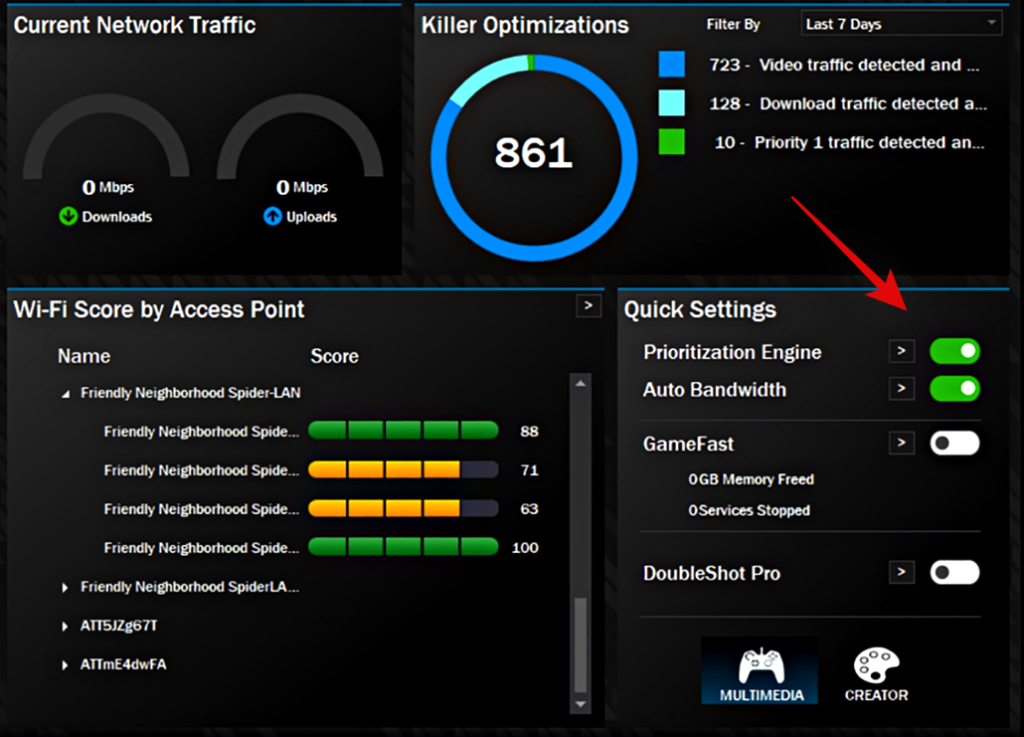
Disattiva l'interruttore per il "Motore di priorità" nel widget Impostazioni rapide e riavvia il sistema.
Metodo 2: Selezionare Manualmente un Driver Diverso
Accedi a Gestione Dispositivi e trova il tuo adattatore Killer Wireless. Segui questi passi per selezionare un driver differente:
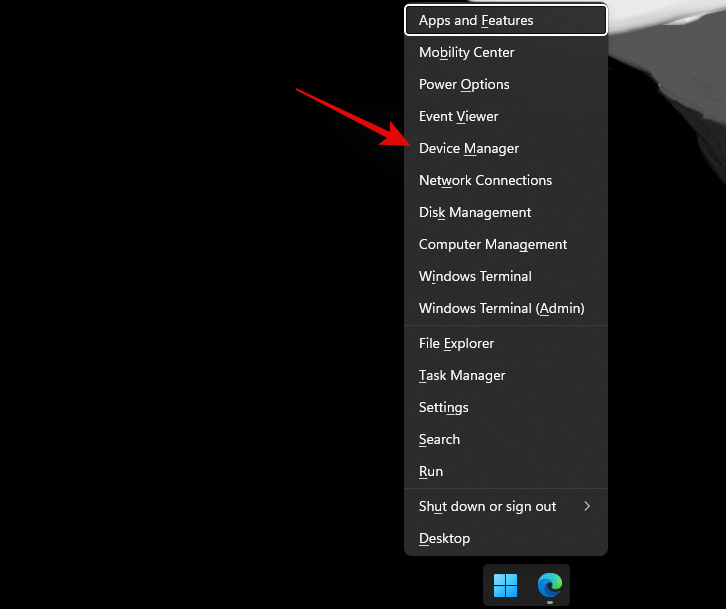
- Premere
Windows + X e selezionare “Gestione dispositivi”.
- Individua l'adattatore di rete Killer e fai clic su di esso.
- In Proprietà, vai alla scheda "Driver" e seleziona "Aggiorna driver".
- Scegli "Cerca i driver nel mio computer".
- Seleziona "Fammi scegliere da un elenco di driver disponibili".
- Seleziona un driver Qualcomm e fai clic su "Avanti".
Riavvia il PC per applicare le modifiche.
Metodo 3: Aggiornare Windows
Verifica se ci sono aggiornamenti disponibili per Windows 11 tramite Impostazioni > Windows Update. Assicurati di installare l'aggiornamento cumulativo vKB5006674 o successivo per ottenere le ultime correzioni.
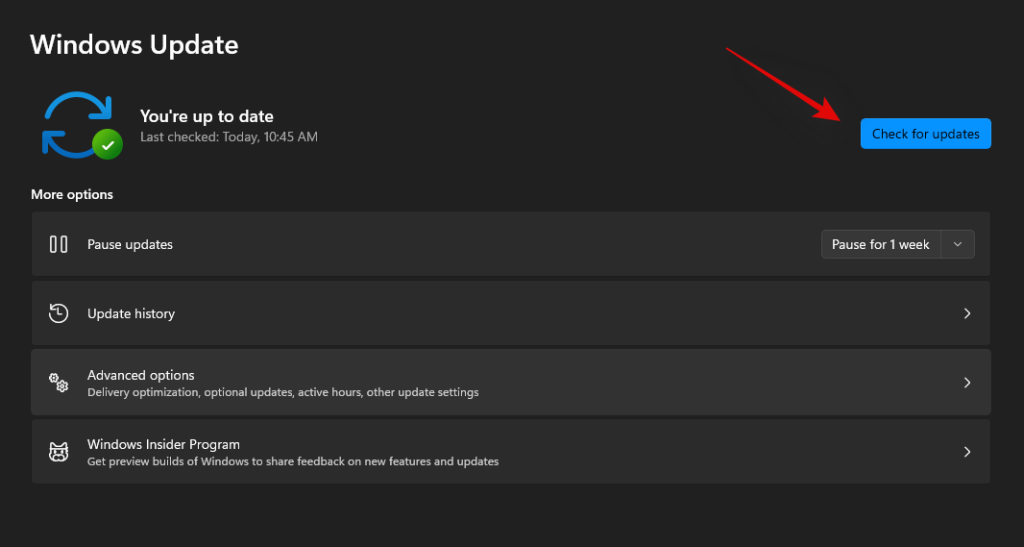
Metodo 4: Aggiornare Manualmente i Driver Wireless
Scarica i driver più recenti per Killer Wireless da questo link.
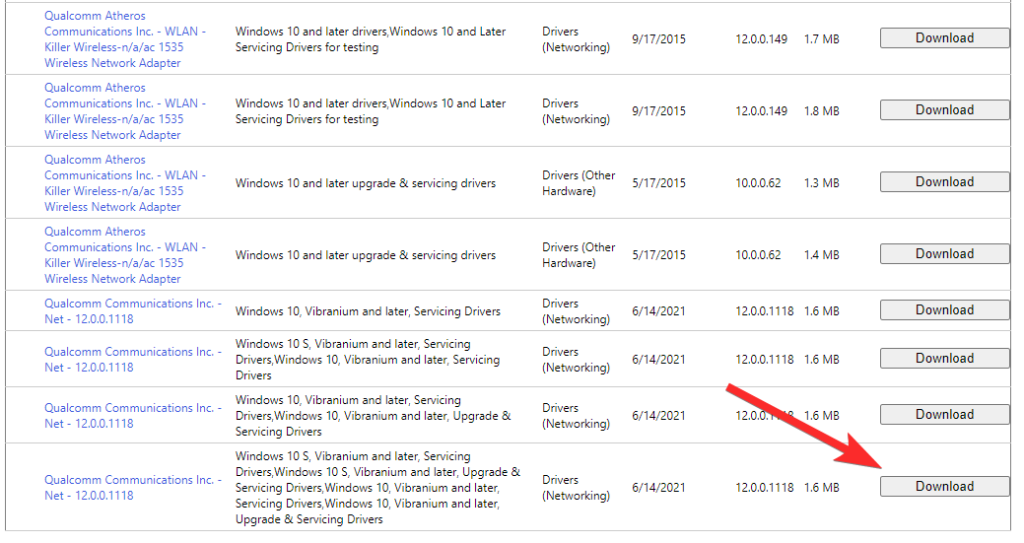
Metodo 5: Aggiornare Automaticamente i Driver Wireless
Puoi anche utilizzare strumenti di terze parti, come Intel Driver & Support Assistant, per aggiornare i driver automaticamente. Puoi scaricarlo qui.

Metodo 6: Disabilitare Killer Wireless Control Center da Task Manager
Apri il Task Manager e vai su “Avvio” per disabilitare il Killer Wireless Control Center. Questo passaggio può migliorare le prestazioni della rete.
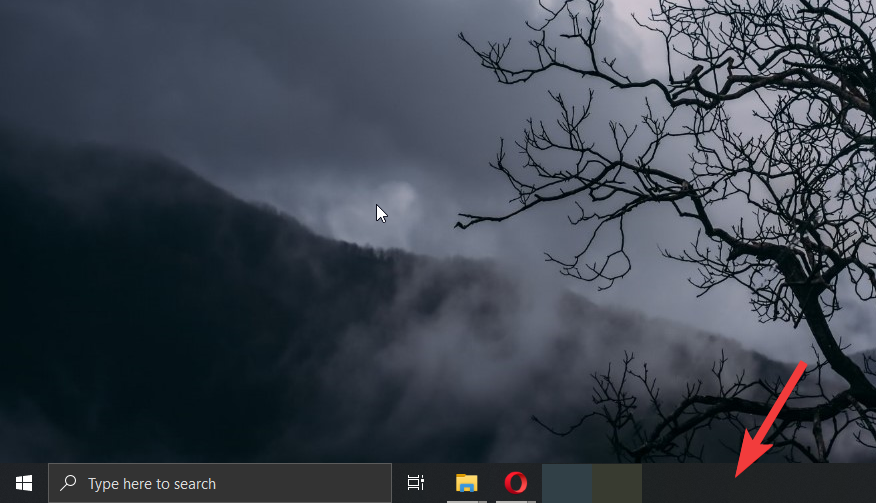
Ultime Soluzioni
Se nessuno dei metodi sopra funziona, considera queste ultime risorse:
- Metodo 7: Usa un cavo Ethernet per connetterti a Internet.
- Metodo 8: Forza la rimozione e la reinstallazione dei driver wireless.
FAQ
Ecco alcune domande frequenti per ulteriori chiarimenti.
Killer Wireless non funziona su Windows 11. Posso risolvere switchando a Windows 10?
Sì, ma è consigliabile provare prima le soluzioni sopra.
È sicuro cambiare le schede di rete per risolvere i problemi di Killer Wireless?
Sì, ma può annullare la garanzia del tuo dispositivo se non fatto da un professionista.
Disinstallare tutti i driver Killer risolverebbe il problema della lentezza della connessione?
Potrebbe essere una soluzione temporanea, ma Windows installerà di nuovo i driver automaticamente.
Speriamo che questa guida ti sia stata utile nella risoluzione dei problemi con il tuo driver Killer Wireless su Windows 11. Se hai ulteriori suggerimenti, non esitare a condividerli nei commenti qui sotto!
Articoli Correlati:













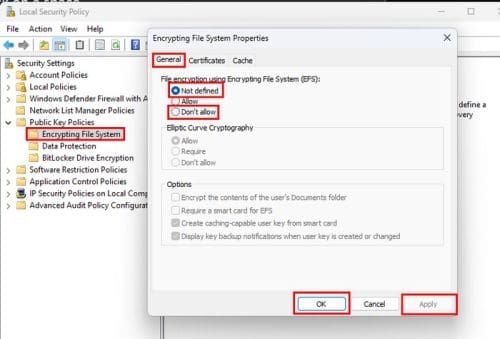
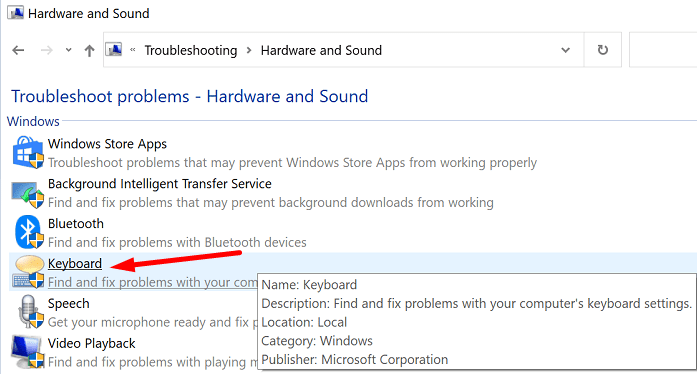
Lorenzo -
Ho riscontrato che l'installazione manuale dei driver funziona meglio rispetto a quelli automatici. Qualcun altro lo ha notato?
Francesco -
Qualcuno ha provato a disinstallare e reinstallare il driver? Funziona sempre
Marco Rossi -
Finalmente ho trovato una soluzione per il problema del driver Killer Wireless 1535! Grazie mille per questo articolo utile
Luigi S. -
A volte ci vuole solo pazienza. Ho fatto attenzione seguendo questo articolo e ora il mio wifi gira a meraviglia
Vittoria -
Ho un laptop vecchio e i driver Killer non sembrano mai funzionare. Hai qualche consiglio particolare per i modelli più vecchi
Alessandro P. -
Sapevate che a volte basta anche un riavvio del layer di rete? Magari non è necessario fare tutto il procedimento
Simo -
C'è qualcuno che ha provato a contattare l'assistenza clienti di Killer? Serve a qualcosa secondo voi
Elena N. -
Bella mossa! Non credevo fosse così semplice risolvere il problema del driver. Molto apprezzato
Cecilia F. -
Un altro ottimo articolo! Se qualcuno ha ancora difficoltà, provate a disabilitare il risparmio energetico sul driver. Ha funzionato per me!
CiaoBella -
Ho fatto quello che hai scritto e sono riuscito a sistemare tutto! Siete stati molto utili, grazie
Giulia S. -
Bellissimo articolo, aiuta molto chi ha problemi simili! Continua così, sei un grande
Roberta -
Consiglio sempre di controllare le impostazioni avanzate del driver. A volte ci sono opzioni che possono migliorare la connessione!
Emanuele -
Ottimo articolo e molto dettagliato! Qualcuno ha provato il reset del router? Funzionerebbe insieme
Giorgio 77 -
Incredibile, ho provato tutte le opzioni e solo la disinstallazione ha funzionato! Grazie per la condivisione.
Chiara Bianchi -
Ho seguito i passi suggeriti e ora il mio WiFi funziona perfettamente, davvero un grande aiuto!
Fabrizio -
Una domanda: quando si disinstalla il driver, ci sono rischi per altri componenti del pc
Giovanni C. -
Ho trovato anche qualche driver alternativo sul sito di Intel. Provato a installarli, ma i Killer sembrano sempre tornare
Alessia -
Ho finalmente risolto, grazie ai suggerimenti! Chi l'avrebbe detto che un driver potesse causare tanto stress
Stefano C. -
Ho letto che ci sono driver più aggiornati. Dove posso trovarli? Qualcuno ha un link?
Rita da Napoli -
Finalmente una soluzione chiara! Ho provato a cercare tanti articoli, ma questo è stato il migliore che ho trovato
Sofia 89 -
Ho visto che ci sono driver più recenti, vale la pena fare l'aggiornamento? Qualcuno ha aggiornato di recente
Tommy the Cat -
Un mio amico mi ha parlato di questo problema del driver. Ora che ho trovato questa guida, posso aiutarlo anche io
Miao Kè -
Ho un portatile Lenovo e ricevo sempre errori con il WiFi. Questo articolo mi ha dato nuove idee su come sistemare la situazione
Antonio -
Finalmente un articolo chiaro e semplice! Alcuni dicono che i driver Killer siano problematici per definizione, concordate?
Simone -
Quanto tempo ho perso con il problema Killer Wireless 1535! Ho seguito i tuoi passi e ora è tutto a posto, grazie!
Oriana -
Grazie davvero! Ho avuto problemi per mesi, una semplice reinstallazione ha risolto tutto. Consiglio vivamente questo articolo
Luca F. -
Wow, non pensavo fosse così facile! Grazie per aver condiviso questi passaggi!
Martina 23 -
Mi piacerebbe sapere se qualcuno ha riscontrato problemi dopo gli aggiornamenti recenti di Windows 11. Sono davvero stanco di questi driver che non funzionano!
Nadia -
😄 Ho finalmente risolto il problema! Non posso credere quanto tempo ho sprecato. Grazie per l'aiuto
Sara -
Ho un dubbio, dopo l'aggiornamento di Windows il problema è tornato. Cosa posso fare? Qualcuno ha lo stesso problema?
Fabio -
Ho fatto un backup prima di disinstallare il driver, giusto per essere sicuro. Meglio precauzioni che cure, giusto?
Pippo -
Ho trovato la soluzione sul forum e l'ho confrontata con questo articolo. Funziona! Grazie per la conferma
Mirko -
Mi chiedevo se c'è un modo per evitare che il problema si ripresenti! La cosa mi preoccupa un po'
Tommaso -
Un colpo di genio! Era da tempo che avevo problemi di connessione. Grazie per la guida chiara e semplice